A general practitioner dentist is a general practitioner who performs initial examination of the patient's oral cavity, diagnostics of the mucous membrane and jaw apparatus. The duty of treating sick teeth is also assigned to the doctor of this profile.making him one of the most sought-after specialists in the field of dentistry.
Record content:
- 1 Roles and responsibilities of the dentist
- 2 Doctor's tasks
- 3 Difference with other specialties in dentistry
- 4 When to see a dentist-therapist?
- 5 What tests do I need to take when contacting a dentist-therapist?
- 6 Diagnostic methods
-
7 What heals in adults?
- 7.1 Caries
- 7.2 Pulpitis
- 7.3 Periodontitis
- 7.4 Periodontitis
- 7.5 Periostitis
- 8 What treats children?
- 9 What manipulations does he do at the reception?
- 10 How is it related to other doctors?
- 11 Specialist selection criteria
- 12 Dentist Videos
Roles and responsibilities of the dentist
The dentist-therapist accepts patients in public hospitals, as well as in private clinics specializing in dental treatment.
The doctor of this profile has the following functions and responsibilities:
- diagnostics of the oral mucosa, which has clear signs of damage, inflammatory process of bacterial, viral or fungal etiology;
- preventive examination of the condition of teeth and enamel coatings, as well as timely identification of the possible development of pathologies;
- removes tartar and bacterial plaque, carries out professional dental cleaning of teeth;
- prescribes a therapeutic course of medications for patients with inflammatory lesions of the tissues of the gums, tongue and oral mucosa;
- carries out the treatment of teeth that are destroyed by caries (this process involves the removal of part of the bone tissue, nerve endings, cleaning the canals and installing filling material);
- performs decoding of x-ray images of the jaw and teeth;
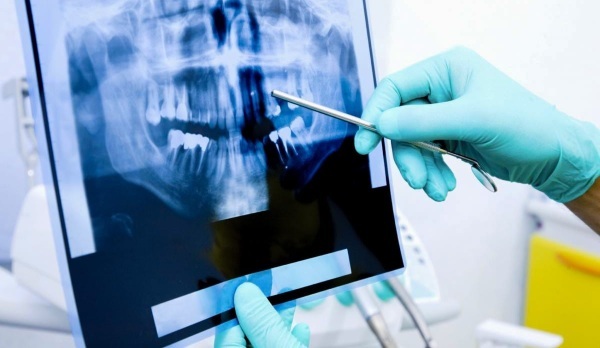
- carries out the selection of drugs intended for oral hygiene and suppression of bacterial infection.
The dentist-therapist performs a comprehensive examination of the entire oral cavity, which makes this doctor a universal specialist. After the initial admission and diagnosis of the patient's jaw apparatus, the doctor decides on the formation of a further course of treatment.
This can be the provision of therapeutic assistance to eliminate the focus of infection, remove inflamed nerves and tooth filling, or the patient is referred to a specialist in another dental profile. For example, if you need qualified help from a surgeon or orthodontist.
Doctor's tasks
In the course of his daily professional activity, the dentist-therapist performs the following tasks, related to the provision of quality medical services:
- organization of activities aimed at prevention and timely detection of diseases of the oral mucosa and maxillofacial area;
- carrying out diagnostic actions to identify diseases of the jaw, teeth and oral mucosa in patients;
- providing quality dental care to patients who need outpatient treatment;
- dispensary observation of patients who are undergoing therapy in a hospital and require regular examination by a dentist;
- examination of the health status of patients who are temporarily disabled due to diseases of the maxillofacial region;
- promotion of compliance with sanitary and hygienic rules for the care of the oral cavity;
- regular improvement of their own qualifications, which consists in attending seminars, passing course and training programs;
- application of innovative and modern methods in the field of prevention, diagnosis and treatment of diseases of the oral cavity, teeth and jaw bone tissue;
- development of rehabilitation programs for patients who have defects in the maxillofacial region, have undergone surgery or prosthetics;
- providing emergency care to patients with jaw injuries, traumatic amputations of teeth and damage to the tissues of the oral cavity.
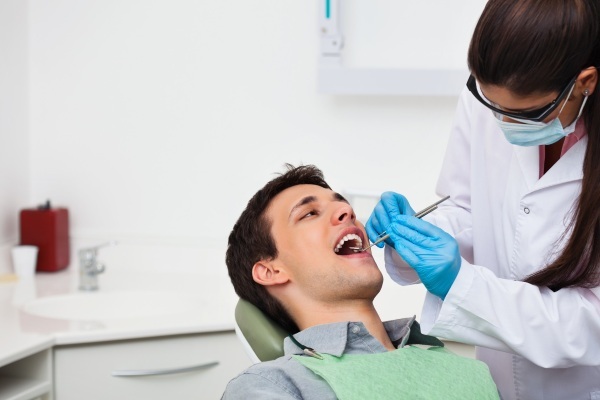
A dentist-therapist is a specialist who first examines a patient, makes a diagnosis and makes a further decision on which treatment methods are appropriate to use in a particular clinical case.
Difference with other specialties in dentistry
Dentist-therapist, who does everything possible to achieve the maximum effectiveness of therapy without an operating intervention is a physician whose functional responsibilities differ from those performed by a surgeon or orthodontist. The table shows the distinguishing features between dentists of these specializations.
| Dentist specialty | Distinctive features of functional duties |
| Therapist (dentist) | Unlike dentists of other specialties, the therapist performs not only the treatment of patients, but also a comprehensive examination of their oral cavity. The doctor can carry out a comparative diagnosis of the patient in order to determine the possible presence of concomitant diseases that cause dental pathologies. For example, prescribe a blood sugar test if the patient has signs of stomatitis, non-healing ulcerative formations of the mucous membrane, provoked by high glucose levels. The process of treating teeth, jaw bone tissue and oral epithelium is aimed at restoring their full performance without removal and amputation. |
| Surgeon | A distinctive feature of the professional activity of a dentist-surgeon is that he uses radical methods of therapy. Treatment by a specialist of this profile includes the complete removal of diseased teeth that cannot be preserved, performing surgical operations on maxillofacial region, restoration of the secretory function of the salivary glands, opening of purulent abscesses, excision of epithelial tissues with signs necrosis. Dentists-surgeons are specialists who are the first to come to the aid of patients with maxillofacial injuries. |
| Orthodontist | An orthodontist is involved in the prevention and treatment of anomalies in the development of the teeth and jaw. The doctor of this specialization develops schemes and methods aimed at correcting an incorrectly formed bite, alignment of crooked teeth, restoration of the full functioning of the speech apparatus in younger children age group. With the direct participation of the orthodontist, the selection and creation of dentures, bridge crowns, braces, dental aligners, orthodontic plates, fragments of artificial tissues to fill defects maxillofacial area.
|
Despite the distinctive features of functional duties, each dentist of the above specialties performs an important amount of work aimed at restoring the full functioning of the jaw apparatus of adults and children.
When to see a dentist-therapist?
A visit to a dentist-therapist should take place within 1-2 days if a person has the following symptoms, indicating a pathological condition of the oral cavity, teeth and jaw bone tissue:
- ulcerative formations on the surface of the mucous membrane of the mouth, tongue and gums;
- an unpleasant putrefactive odor that comes from the oral cavity despite the implementation of all hygienic measures (it is possible that a carious process develops, which can only be detected with the help of dental mirrors);
- deposition of tartar, which is located on the surface of the tooth enamel, causing its gradual destruction;
- caries of the tooth crown, the presence of which is accompanied by acute pain or an aesthetic defect;
- increased sensitivity of the teeth, expressed in aching or shooting pain syndrome, which occurs after contact of the enamel with cold, sweet, hot, sour, salty food;
- swelling and swelling of the gum tissue located in the root of the tooth (the most dangerous symptom, which may indicate the formation of a purulent abscess, requiring immediate treatment);
- traumatic amputation of the entire tooth or a small part of it, which resulted from a blow, chewing rough food, falling from a great height;
- inflammation of the gums, which leads to subsidence of epithelial tissues and exposure of the tooth neck;
- the formation of a dense layer of bacterial plaque (in most cases it is localized at the base of the tooth and in the immediate vicinity of the gum tissue, causing acute or chronic inflammation).
Even in the absence of obvious signs of a disease of the mucous membrane of the mouth and maxillofacial area, it is necessary to visit a dentist-therapist for a preventive examination. In this case, a visit to the doctor should be carried out every 12 months.
What tests do I need to take when contacting a dentist-therapist?
A dentist-therapist is a doctor whose appointment begins with a general examination of the oral cavity.
In the presence of a dental disease, the doctor may prescribe the following types of tests:
-
capillary blood, which surrenders from the beams of the ring finger (the results of the analysis show the level of sugar, cellular composition);
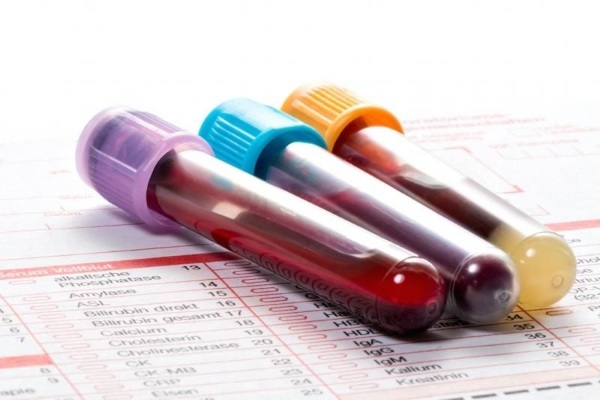
- deoxygenated blood for biochemical research, if, after examining the oral cavity, the doctor suspects tissue damage dangerous infectious microorganisms, or there are signs of an oncological process (cancer of the tongue, bones jaw);
- smearfrom the oral mucosa, open ulcerative formations, foci of a purulent-infectious process (the type of bacterial pathogen is determined);
- urine for biochemical research, the results of which reflect the general state of health of the body, the possible presence of latent inflammation.
The dentist-therapist also takes x-rays, after which he treats dental diseases that do not have signs of complications. Capillary or venous blood donation is not a prerequisite for diagnosis, but is prescribed only at the discretion of the attending physician.
Diagnostic methods
The dentist-therapist makes a complete diagnosis of the oral cavity. First, the specialist listens to the complaints and establishes the current symptoms. If necessary, palpation of the tissues of the gums and periodontium is performed.
Then the following diagnostic methods can be assigned:
- X-ray examination of the upper, lower jaw or a separate area of bone tissue where the diseased tooth is located;

- MRI of the skull and maxillofacial region;
- electroodontodiagnostics to determine the degree of excitability of tissues and nerve endings of a diseased tooth;
- transilumination to detect teeth with damaged enamel, as well as molars that have undergone a process of demineralization.
The results of the above diagnostic methods are enough for the dentist-therapist to receive comprehensive information about the health of the teeth, oral mucosa and jaw bone tissue.
What heals in adults?
In patients of the adult age category, the dentist-therapist deals with the treatment of inflammatory diseases of the pulp, gum tissue, oral mucosa and teeth affected by the carious process.
Caries
Caries is a complex and slowly occurring process of destruction of enamel, as well as hard tissues of a diseased tooth. Treatment of the carious process is carried out by removing the damaged part of the molar, treating it with antibacterial agents, and then installing the filling material.
Depending on the depth of destruction of the crown of the tooth, various preparations are used that perform the function of an antiseptic. Treatment is carried out using local anesthesia. With a timely visit to a doctor, a dental disease does not cause complications.
Pulpitis
Pulpitis is an acute inflammation of the internal tissues of the tooth, which include the pulp, nerves and blood vessels. This disease develops after infectious microorganisms penetrate inside a molar damaged by caries. A person begins to experience acute pain, which can only be eliminated with the help of painkillers.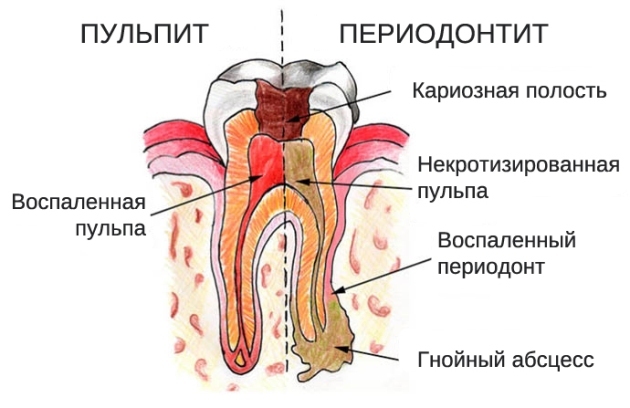
Pulpitis treatment involves the removal of nerve endings that are in a state of inflammation. After tooth sanitation and antibacterial treatment, a filling is placed. All manipulations are performed under local anesthesia.
Periodontitis
Periodontitis is an inflammatory disease resulting in the destruction of the periodontium and alveolar ridge of the upper and lower jaw. The causes of this pathology can be a bacterial infection, tartar, hereditary predisposition, diabetes mellitus, diseases of the blood and hematopoietic system.
The dentist-therapist establishes the factors causing the pathological condition of the jaw apparatus, and then develops an individual treatment regimen for the patient's jaw and oral cavity. Lack of qualified therapy leads to tooth loss.
Periodontitis
Periodontitis is a dental disease of inflammatory etiology, which is characterized by a violation of the location of the ligaments responsible for keeping the tooth root within the alveoli. The disease has a bacterial, medicinal, hereditary and traumatic nature of origin.
The tooth becomes shaky, the blood supply to the tissues is disturbed, which ultimately leads to its loss. The dentist-therapist develops an individual treatment regimen, which depends on the causes of the disease.
Periostitis
Periostitis is an acute or chronic inflammation that affects the periosteum. In everyday life, the manifestation of this disease is called a flux. After developing pulpitis and acute pain, swelling of the gums occurs. Within 1-2 days, a purulent abscess forms in the root of the diseased tooth.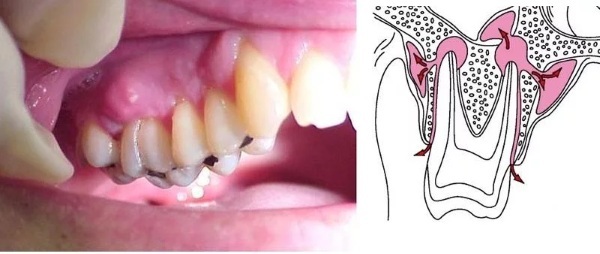
A dentist-therapist treats periostitis using anti-inflammatory drugs. If the use of medications is not advisable and an abscess opening is required, then the patient is referred to a dentist-surgeon.
What treats children?
The dentist-therapist does everything in his power to keep the teeth healthy in children.
The specificity of the therapy for the smallest patients is to provide the following types of medical care:
- control over the formation of the correct bite;
- timely detection of the process of curvature of the teeth and the development of caries;
- prevention of inflammatory diseases of the oral mucosa, gum tissue and periosteum;
- treatment of teeth affected by caries.
The pediatric dentist-therapist explains to the child's parents how to properly care for the oral cavity and teeth. A timely preventive examination allows you to prevent the development of complications in the maxillofacial region.
What manipulations does he do at the reception?
The main manipulations performed by the dentist-therapist in the process of receiving patients, is a comprehensive examination of the oral cavity, diagnosis of teeth affected by the carious process and exclusion pulpitis. The main activity of the doctor is reduced to the treatment of diseased incisors, pulp and periosteum in order to prevent tooth extraction.
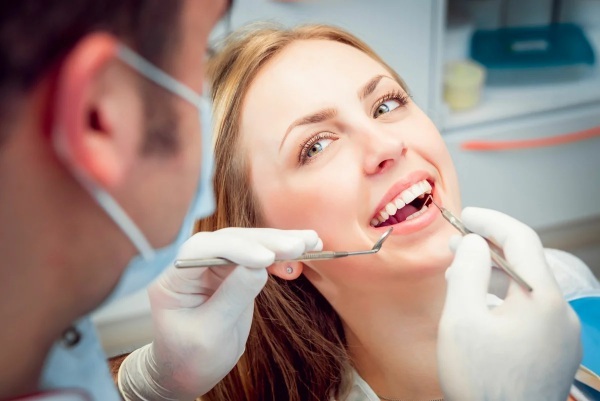
Most of the therapeutic procedures are performed using local anesthetic agents. The process of diagnosing and treating patients is carried out independently, or with the participation of a nurse.
How is it related to other doctors?
The health of the teeth and directly the entire oral cavity is a reflection of the general condition of the body. One of the symptoms of many diseases of internal organs are ulcerative lesions of the mucous membrane of the mouth, gums, increased formation of bacterial plaque on the tongue, teeth, demineralization of the bone tissue of the upper and lower jaw.
Having discovered signs of concomitant diseases that cause the development of dental pathologies, the dentist the therapist engages in consultations the following specialists:
- endocrinologist, if the patient suffers from diabetes mellitus, diseases of the thyroid gland, adrenal cortex;
- surgeon-traumatologist, when there was damage to the maxillofacial region;
- orthopedist, if the manufacture and selection of dentures is required;
- hematologist, when a dental disease is associated with a change in the biochemical composition of the blood, as well as pathologies of the hematopoietic system;
- orthodontist, if the patient needs bite correction, alignment of crooked teeth, installation of bridges, braces, crowns;
- nephrologist, when dental diseases and tooth loss are associated with chronic intoxication of the body caused by kidney dysfunction;
- gastroenterologist, if digestive pathologies provoke dental diseases.
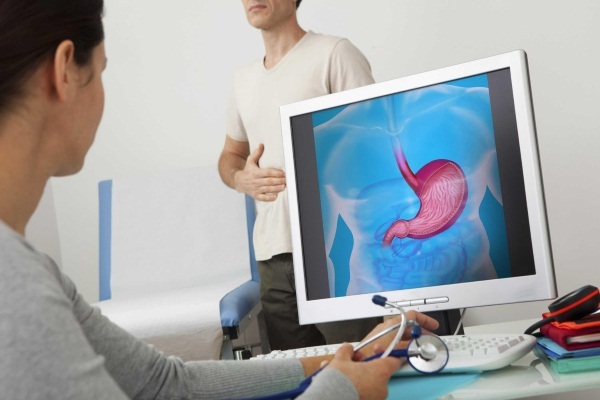
Elimination of the main ailment, which leads to an inflammatory or infectious process in the oral cavity, makes it possible to accelerate the treatment of dental diseases.
Specialist selection criteria
The choice of a dentist-therapist must be approached objectively and reasonably.
For this, it is recommended to use the following criteria for selecting a specialist:
- the presence of higher medical education in the specified specialty;
- the age of the doctor;
- experience in therapeutic dentistry;
- reputation of the doctor and the number of cases of poor quality or unskilled care;
- material and technical equipment of the office, which allows the use of advanced techniques in the diagnosis and treatment of dental diseases;
- the lifestyle of a specialist and reviews of patients who have previously undergone dental and oral therapy.
A dentist-therapist is a doctor who treats the entire maxillofacial area, which makes him one of the most sought-after specialists. The doctor's duties include a comprehensive examination of the oral cavity, diagnostics of the condition of the teeth, prevention of dental diseases, as well as their complex therapy.
In the process of realizing his professional activity, the doctor uses the methods of drug and instrumental treatment. If necessary, he consults with doctors of other specialties.
Article design: Vladimir the Great
Dentist Videos
Who are dentists:

